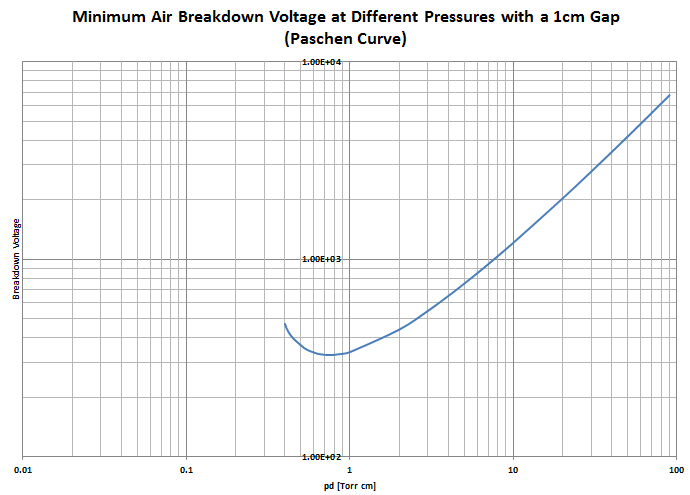Aerospace Information Report (AIR) 6127 currently being developed by the SAE AE-7 committee provides a framework for designing high voltage subsystems utilized for More Electric Aircraft (MEA). The AIR identifies design risks, mitigation techniques, and testing methods for MEA.
Electrical discharges on MEA are a potential risk that should be mitigated through careful design and implementation. Electrical discharges include tracking, partial, and disruptive discharges. Voltages beyond the 327V threshold increase the likelihood of an electrical discharge event, which may lead to significant failures in high voltage systems. Since the impact of an electrical discharge is significant, it is vital to design systems that eliminate the potential for its occurence. Key design decisions to minimize the likelihood of an electrical discharge include careful spacing of components and subassemblies and controlling the manufacturing process.
If you are interested in high voltage systems on aircraft, you may want to read this article on EWIS High Voltage Testing Considerations.
An important design factor that affects MEA is solid insulation thickness. The purpose of solid insulation is to minimize the probablity for an electrical discharge to occur. Insulation capability testing is conducted through the application of an electric field and determination of dielectric breakdown. It can be concluded that the strength of the insulation is dependent on the voltage stress applied to it. As the voltage frequency increases, the breakdown voltage decreases.

Testing ensures compliance with the design requirements of high voltage systems. The overvoltage test assesses the insulation integrity by applying a voltage to insulation. The conditions of the overvoltage test should simulate normal operations of an MEA. Partial Discharge testing detects the charge transferred during a partial discharge event. The test is performed in accordance to the laboratory standard provided in IEC 60270 and ASTM D1868. The test method to determine safe creepage distances is provided in a standard comparative tracking index test (IEC 60112:2003). The distances are determined by comparing the performance results with the comparative tracking index values.
It can be concluded that high voltage systems are prone to electrical discharges. Therefore, thorough design and testing techniques are crucial to eliminating the occurrence of tracking, partial, and disruptive discharge events.
